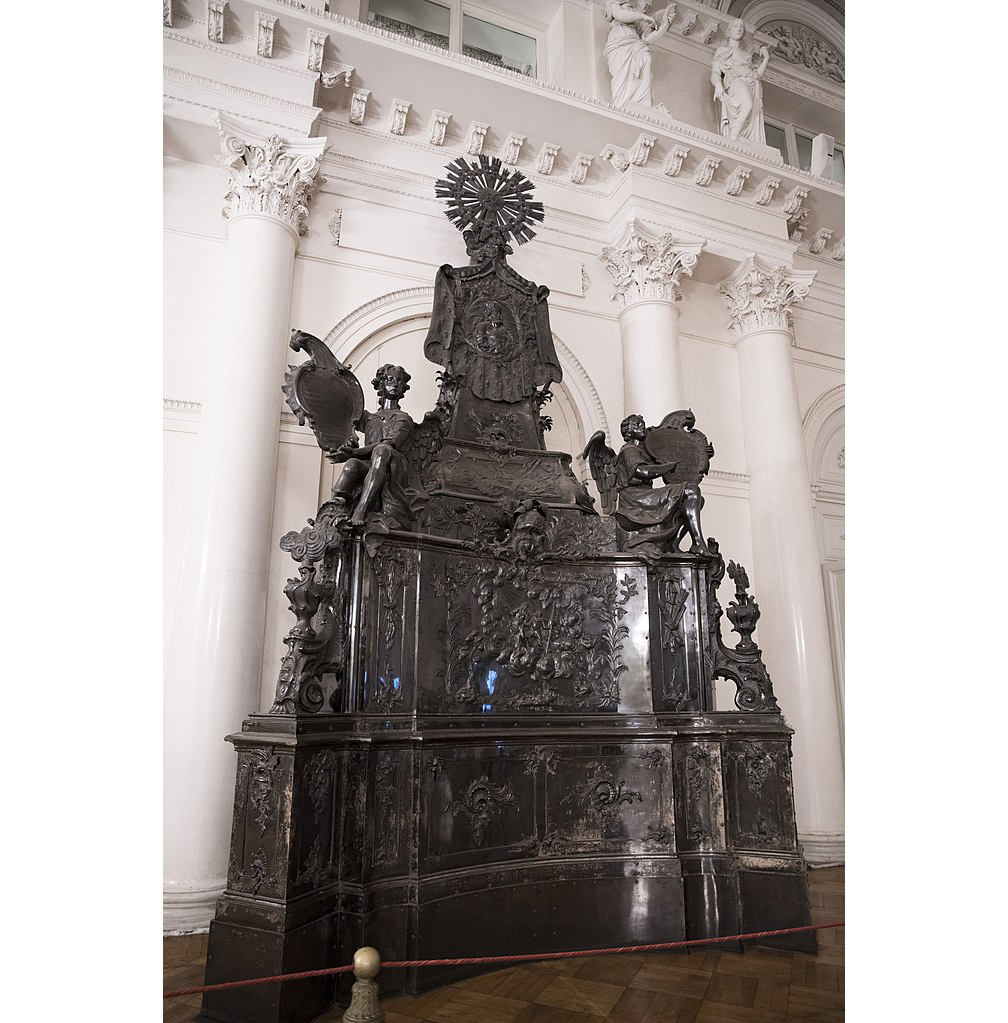Yong Soon Min, Artist Who Incisively Analyzed Her Asian American Identity, Dies at 70
Yong Soon Min, a Korean American artist whose work explored Asian identity in diaspora, died on Tuesday at 70 in her home in Los Angeles. The Institute of Contemporary Art, Los Angeles, where Min was on the artist advisory council, announced her passing on Wednesday.
ICA LA director Anne Ellegood said in a statement, “We are extremely grateful for Yong Soon’s years of service to ICA LA … for contributing her wisdom, generosity, and collaborative spirit. She will be missed by so many. We are honored to have her work currently on view, which reflects her invaluable contributions to vital discourses on identity in our field over several decades and toward uplifting generations of artists in our community.”
Min formed a node within multiple networks of Asian American artists on both sides of the US. She was a member of the Godzilla Asian American Arts Network, which during the ’90s agitated for greater visibility for artists from their community, and was more recently active with GYOPO, which describes itself as a “collective of diasporic Korean cultural producers and arts professionals.”
In her own art, Min addressed her position as an artist born in Asia and based in the United States. For her 1989 work Make Me, she photographed herself and split each image in two, cutting out words such as “EXOTIC” and “IMMIGRANT.” That work figured in the New Museum portion of the legendary 1990 exhibition “The Decade Show: Frameworks of Identity in the 1980s,” which was also staged at the Museum of Contemporary Hispanic Art and the Studio Museum in Harlem, and is now recognized as prescient for its emphasis on race, gender, class, and sexuality.
These complex overlays were made more literal for her 1992 series “Defining Moments,” for which Min once again photographed herself, filling her form with images of the 1980 Gwangju Uprising, a protest against a military dictator by South Korean students that the government violently quashed.
Min was born in 1953 in Bugok, a village near Seoul. A self-described “Cold War Baby,” she departed South Korea when she was 7 years old with her mother and brother; they headed to Monterey, California, to reunite with her father.
During the ’70s, she attended the MFA program at the University of California, Berkeley, where she met the writer and artist Theresa Hak Kyung Cha. Min moved to New York in 1981, one year after Cha did so. (She would relocate to Los Angeles in the 1990s with her husband, photographer Allan deSouza.)
Per a biography on her website, “Min became Asian Pacific/Korean American in New York City during the 80s where she cut her political teeth.” In interviews, she described the development as the result of being in the right place at the right time. She found work as an administrative coordinator for the Asian American Arts Alliance, which at the time was becoming more advocacy focused.
“It opened my eyes to a lot of issues, especially how important it was to foster the development of Asian American arts broadly, and to be collaborative with other minoritized groups in actuality and in spirit,” she said in a 2020 interview. “The 1980s were such an important period for people like me. It was a matter of raising consciousness about identity within a certain kind of politics that dealt with looking at the whole art scene, like the Guerrilla Girls, and grasping how little representation of women existed in the arts and likewise that there was virtually no representation of Asian American artists.”
While Min may not have achieved wide recognition, she showed her work in biennials held in Havana, Gwangju, and Guangzhou, and won an Anonymous Was a Woman award and a Guggenheim Foundation grant.
In 2011 Min suffered a brain hemorrhage. While she later recovered, it permanently altered the way she wielded language.
The experience informed works in her 2016 show held at Los Angeles’s Commonwealth & Council gallery, where she exhibited AVM: After Venus (Mal)formation (2016), a piece that included a table split into triangles, each with its own word scrawled on it. Two blue triangles contained the words “diaspora” and “diarrhea.” They touched tips, implying a bizarre, unseen connection between the paired terms.
Min’s death came as Godzilla was being reassessed. In 2021, curator Howie Chen edited a book devoted to the collective; Min’s work currently features in an exhibition about Godzilla that is on view at New York’s Eric Firestone Gallery. Additionally, works from Min’s “Defining Moments” series are also included in “Scratching at the Moon,” a recently opened ICA LA survey looking at the networks of Asian American artists in the city.
At the time of her death, Min was professor emerita at the University of California, Irvine.
Among those who mourned Min’s passing on social media was the artist Gala Porras-Kim, who called her an inspiration to “multiple generations of LA artists.” Porras-Kim added, “Her memory is installed in so many of our hearts and minds forever.”



